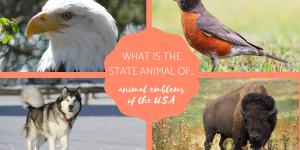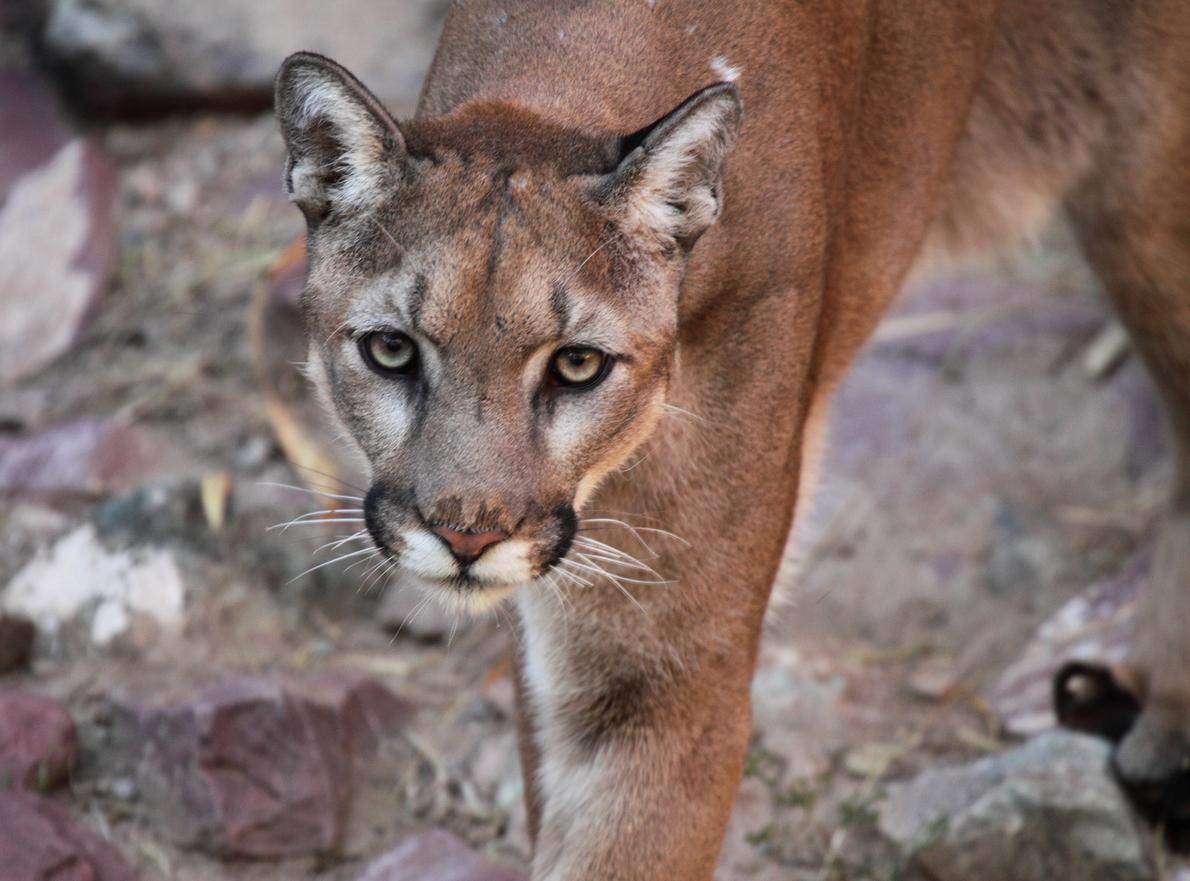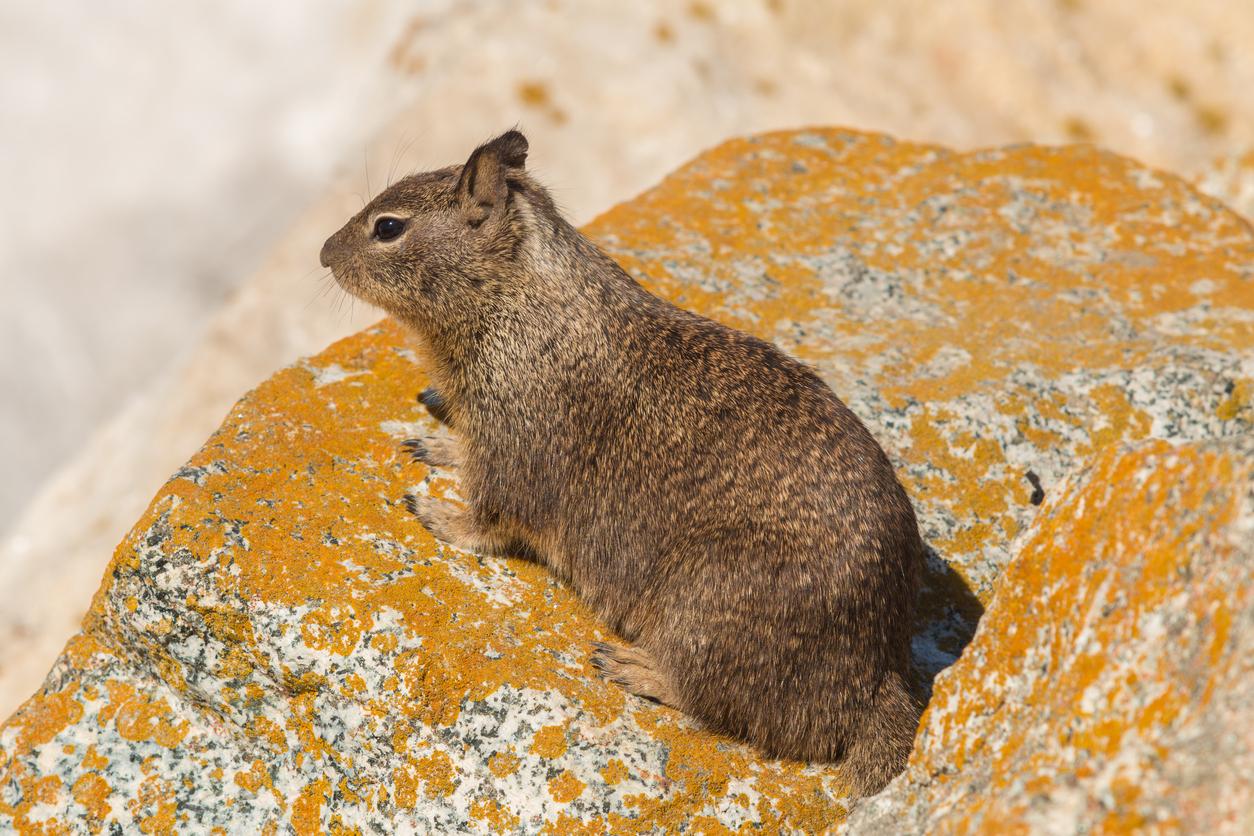Wild Animals of the Sierra Nevada

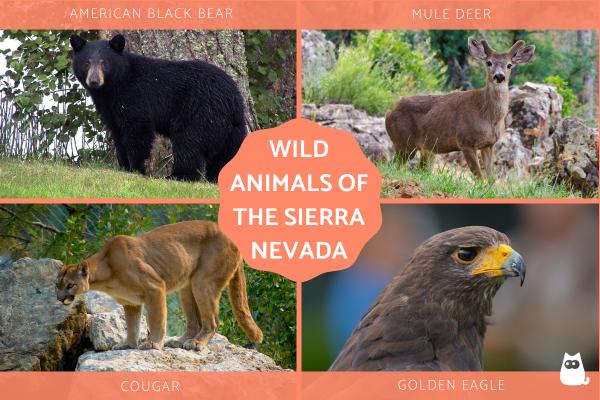
The Sierra Nevada region is a mountain range in California which is teeming with wildlife. Sierra Nevada National Park covers over 86,208 ha and it is one of the biggest national parks in the United States. The highest peak in the range is Mount Whitney at 14,505 ft (4,421 m), but there are 14 peaks towering over 9,850 ft (3,000 m). This results in a temperature range that is incredibly diverse. When we consider its climate and geographical features, we find flora and fauna that is equally diverse.
At AnimalWised, we want to explore this biodiversity by looking at the wild animals of the Sierra Nevada. We look at the types of animals native to this region, providing some indicative native species, as well as photos of what they look like.
What animals live in the Sierra Nevada?
The ecology of the Sierra Nevada is incredibly diverse. In terms of flora, it comprises around 26 different conifer species and around 3,000 vascular plants. Approximately 400 of these plants are endemic to the area, and half are rare species. Since the plant life is particular to the region, so are the animals which feed on it.
Many wildlife species are found in the rich abundance of the Sierra Nevada. Estimates suggest close to 570 vertebrates inhabit this region, including 290 avian species, 135 mammals and 60 types of fish, as well as 46 reptile and 37 amphibian species. Out of the native animals of the Sierra Nevada, around 80 birds, 40 mammals, 10 reptiles, 30 fish and 20 amphibians are considered special animals on the state list which tracks them for conservation purposes[1].
Many rare Californian animal species are endemic to the Sierra Nevada. They are mostly threatened due to human activity, such as loss of habitat. The Sierra Nevada is an incredibly rich region in which you can also find thousands of invertebrates, including millipedes, moths, butterflies, beetles and many rare insects. There are close to 120 different butterfly species alone and a wealth of snail species.
Of the many mammals that reside in the Sierra Nevada region, we can find bears, bobcats, deer and mountain lions. Birds found in this region include the rare golden eagle and the spotted owl, as well as smaller birds such as hawks and kestrels. From rattlesnakes to California newts, there is also a rich diversity of reptilian and amphibian wildlife.
As these statistics show, the Sierra Nevada is blessed with huge biodiversity, housing more than 400 native wildlife species. This includes two thirds of the birds and mammals and half the reptiles and amphibians found in all of California.
As some can be found in the Sierra Nevada region, you may also want to learn about the most dangerous animals in California.
Native wild animals of the Sierra Nevada
Native animals of the Sierra Nevada bioregion include the lodgepole chipmunk, the California mountain king snake, the black bear, the mountain beaver, the mule deer, the Pacific fisher and the mountain lion.
The California golden trout, which is the state fish of California, lives in southern Sierra Nevada. Other notable native species of the region include the northern goshawk, the mountain chickadee, and the California spotted owl along with the bald eagle, the national animal of the United States. The state animal of California is the California grizzly bear. Unfortunately, this bear is now extinct in the state, an indictment of wildlife protection.

American black bear
The American black bear (Ursus americanus) is an omnivorous animal that survives mostly on insects, acorns, blackberries and other fruit types, although they also eat fish and even carrion on occasion. Around 95% of the American black bears in the Sierra Nevada region are a shade of brown, with only the remaining 5% being truly black. The Sierra Nevada black bear has a strong sense of smell and quick movement.
American black bears are native to North America and range from the Pacific to the Atlantic regions, especially across Northern Canada. In the Sierra Nevada, the American black bear population is growing. The American black bear is found in the lower woodlands and chaparral habitats of the Sierra Nevada, between 500 to 3,000 ft high, but loss of habitat in lower elevations has forced them up higher into the lower montane forest, up to even 7,000 ft high.
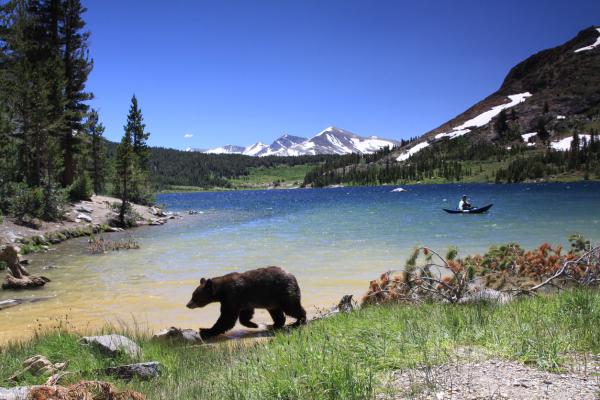
Long-eared chipmunk
If the eastern chipmunk (Tamias striatus) is known for its short snout, pudgy body, rounded head and small size evolved for quick movement, the long-eared chipmunk (Neotamias quadrimaculatus) native to the Sierra Nevada is lean, foxy and slender. It is the western cousin the to eastern chipmunk. The long-eared chipmunk can be found in central and northern Sierra Nevada and also in the western parts of the state of Nevada.

Douglas squirrel
Also known as the chickaree or pine squirrel, the Douglas squirrel (Tamiasciurus douglasii) is a creature similar to the red squirrel. Its coat color changes throughout the year from dull brown in winter to brighter brown and orange in the summer.
Douglas squirrels are found mainly in coniferous forests at altitudes from 5,000 to 11,000 ft. They are native animals of the Sierra Nevada, but they can also be found as far north as British Columbia, western Washington and Oregon.
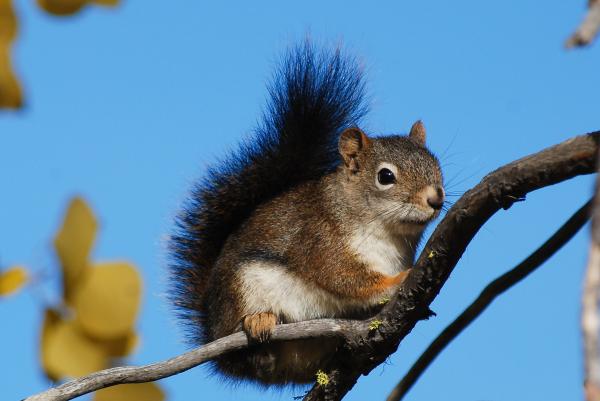
California mule Deer
Though white-tailed deer (Odocoileus virginianus) are also found in the Sierra Nevada, the main deer species of this Californian region is the mule deer (Odocoileus hemionus). They are somewhat iconic animals of this mountain range.
Mule deer have a narrow, black-tipped white tail, compared to the wider and fringed in black tail of the white-tipped deer. This is how you can tell them apart. Unlike white-tailed deer, mule deer are more relegated to the western regions of North America.
The California mule deer (Odocoileus hemionus californicus) is a subspecies and can be recognized because its antlers grow upwards and not forwards, as we can see in the photo below. This type of mule deer inhabits the lower altitudes of the Sierra Nevada, preferring hills, grassland shrubs and coniferous forests, especially with oak.
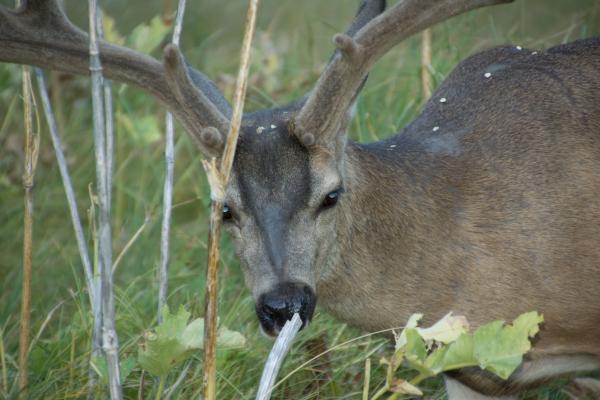
Mountain lion
The cougar, puma or catamount, the mountain lion (Puma concolor) is a big cat native to the Sierra Nevada. Their population has grown considerably. While in the 1970s there were about 2,000 mountain lions in the state of California, nowadays their numbers are estimated at between 4,000 and 6,000. The photo shows a mountain lion standing on some rocks, easily blending in to its surroundings.
Young mountain lions bear show black spots on their sandy coats, which disappear within fifteen months. Mountain lions can reach 35" (90 cm) in height at the shoulders and 7.9 ft (2.4 m) in length. The further north you go, the larger they become. Mountain lions have a huge range, spreading vertically all across America.
Mountain lions have been known to breed with other big cat species, giving birth to cat hybrids such as the pumapard.
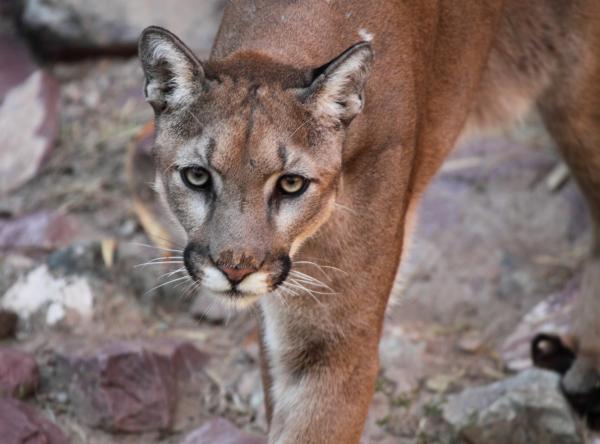
California ground squirrel
The California ground squirrel (Otospermophilus beecheyi) is a member of the squirrel family known as Sciuridae. This includes other native wild animals of the Sierra Nevada such as the long-eared chipmunk and the chickaree. A notable difference between these Californian squirrels is that while ground squirrels have cheek pouches to carry tidbits, chickarees do not.
The Sierra Nevada once had a burgeoning population of California ground squirrels, even in the central parts of the valley, but these rodents were terminated in massive numbers because they damaged agricultural crops. In the highest altitudes of the Sierra Nevada you can also find golden-mantled ground squirrels and Belding's ground squirrels.
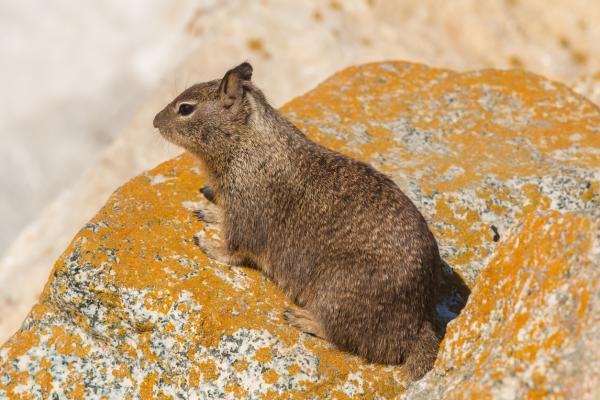
Western gray squirrel
Appropriately also known as the California gray squirrel, the western gray squirrel (Sciurus griseus) is yet another squirrel species native to the Sierra Nevada. While western gray squirrels were very common decades ago, an epidemic in the 1930s almost wiped them out. Nowadays they are not threatened, but they can only be found in particular areas, including the lower woodlands, chaparrals and montane forests of the Sierra Nevada.
Western gray squirrels are larger than their eastern counterparts. They are fast-moving, arboreal and retiring, producing a single litter of three to five individuals every year. Their gray coat is lighter on the underside, as you can see in the photo.

These are only some of the native wild animals of the Sierra Nevada. If we forgot your favorite, please tell us in the comments section. Other notable animals from this region include the Sierra Nevada bighorn sheep, the California condor and the willow flycatcher. If you want to discover what other animals there are according to their state or region, check out our articles on the native animals of Utah and the marine animals of Baja California.
If you want to read similar articles to Wild Animals of the Sierra Nevada, we recommend you visit our Facts about the animal kingdom category.
1. Special Animals List. (2024). California Natural Diversity Database (CNDDB).
https://nrm.dfg.ca.gov/FileHandler.ashx?DocumentID=109406

